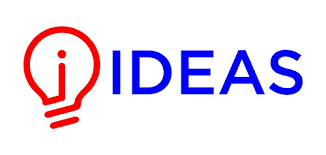Article | Open Access | Published: 7 December 2015
Leadership Style and Organizational Performance: A Comparative Study between Transformational and Transactional Leadership Styles
| Views: | 190 | | | Downloads: | 106 |
Abstract:
This study has been conducted to investigate the various leadership characteristics of Transformational and Transactional Leadership and then to empirically analyze the effect of each type of leadership on organizational performance. This study considers a sample of 800 respondents who have been interviewed to collect the required information. The sample includes employees at tactical and operational management in the corporate sector. Factor analysis has been applied to determine the key characteristics of each type of leadership, thereafter the OLS estimation has been applied to test the hypotheses of the study. The study concludes that Charismatic Action, Intellectual Stimulation, Inspiration Motivation, Encouragement for High Morale characteristics of Transformational Leadership has a significant positive effect on Organizational Performance. Regarding Transformational Leadership, the further concludes that the Individual Consideration act of Transformational Leadership does not have a significant effect on Organizational Performance. A conclusion based on the empirical analysis is that Transformational Leadership has a significant positive effect on Organizational Performance, whereas, Transactional Leadership has a significant negative effect on Organizational Leadership. Practical Implications: This study provides empirical evidence that Transformational Leadership is the most effective leadership in organizational performance. The key success factors or characteristics for transformational leadership are Charismatic Actions, Intellectual Stimulation, Inspiration Motivation, and Encouragement for High Morale characteristics of Transformational Leadership.
Keywords:
Transformational Leadership, Transitional Leadership, Charismatic Action, Management by Action
Publisher:
ILMA UNIVERSITY
Published:
7 December 2015
E-ISSN:
2409-6520
P-ISSN:
2414-8393
This is an open access article distributed under the terms of the Creative Commons Attribution CC BY 4.0 license, which permits any use, distribution, and reproduction of the work without further permission provided the original author(s) and source are credited.














